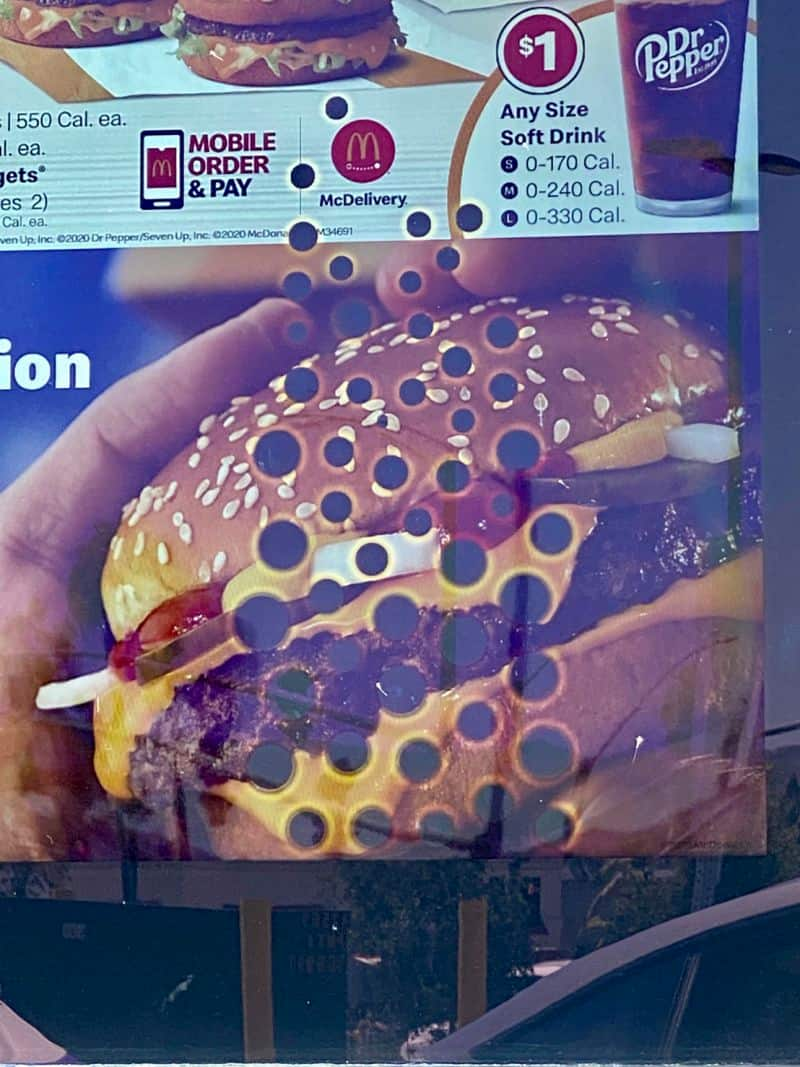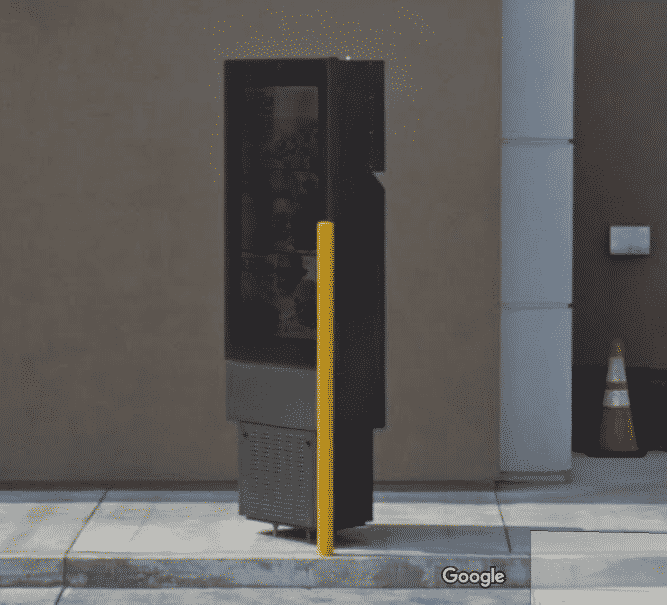Drive Thru Displays Failures McDonalds, Samsung
Typically the kiosk association deals with transactional technologies but peripheral technology like drive-thru menu boards fall into the unattended self-order market. Even digital signage which is broadcasting actionable information to consumers and customers is relevant.
Failures of technology are often the best teachers of how to do it right (and what to not do wrong).
McDonald’s Drive-Thrus are a baseline for the entire industry and seeing them install LCDs that basically blow up and fail totally is something everyone wants to understand. Before they launch a new food product it undergoes extensive testing, especially the process for producing it. They test it themselves we think rather than rely on others to test for them.
First, let’s review our Reverse Case Study Outdoor Displays —
January 21 Update
- We have been unable to get additional information from Samsung, Coates or McDonalds regarding these failures.
- It is confirmed these are Samsung OH55F lcds
- Retail cost for these “Outdoor Displays” is about $10K each.
- The specs list IP56, 2500 NITs and 5000:1 contrast ratio, media player is a Cortex A12, 24×7 rated, 3-Year Parts & Labor
- Interesting whitepaper by Samsung with the OH55F and the Economic Impact of Menuboards
- The big reason for failure begins with lack of airflow.
- Lack of airflow in the design of the metal menu board as well as lack of cleaning the filters (yes there are air filters and yes they need to be on the maintenance cycle)
- Another point is that technically this is NOT isotropic failure — An isotropic failure is reversible when the LCD is cooled. The failure shown in the photo is permanent and irreparable.
- We have an in-depth explanation of all this available as well.
- Companies that can and should be consulted on outdoor displays include Peerless-AV and LG-MRI
Bottom line is we are fairly sure that the specifications outlined for the displays exceeded the requirements. Likely one if not both were flawed judging from results or this was within the MTBF specs (some will always fail).
The kiosk association asked its top experts in outdoor displays how this could happen. The following is excerpt of analysis LG-MRI did for us.
Technical Review by MRI
This is not an isotropic (solar clearing) failure. An isotropic failure is reversible when the LCD is cooled. The failure shown in the below photo is permanent and irreparable.
It is an edge seal breach (failure) and loss of LC fluid/ingestion of air. It could be the edge seal adhesive itself failing, or a delamination/peal of the black mask off the backside of the front LCD glass. It is exacerbated by direct solar exposure, but at the end of the day, it is caused by inadequate cooling of the LCD combined with the differential coefficient of expansion forces caused by the front and rear polarizers on the LCD resulting in bowing/bending/twisting of the LCD cell. Heating of the LCD fluid causes the fluid to expand, resulting in the LCD cell physically bulging. In addition, heating from the sun, combined with heat from the backlight, result in unbelievably forces from the unequal coefficient of thermal expansion (CTE) of the front and rear polarizers adhered to the LCD cell. This puts tremendous tensile and peal stresses on the LCD cell edge seal glue and/or black mask adhesion to the back of the front LCD glass at the periphery of the LCD which holds the front and rear LCD glasses together and contains the LC fluid. The seal ultimately fails and LC fluid leaks out and/or air is ingested into the LCD cell.
The industry naively believes that if the Tni (isotropic temperature) of the LCD panel is high enough (i.e., 110+°C) it can be exposed directly to the sun with no adverse consequences. Nothing could be further from the truth. MRI, and seriously only MRI, has the most in-depth knowledge, analysis, tests, and total system solution, based upon decades of experience on tens of thousands of outdoor displays deployed in every climate on the planet, to combat this problem.
LCD image quality can be stellar in direct sun with a sufficiently bright backlight and sufficient reflection control. However, this comes at a cost … absorption of solar irradiance. MRI knows for a fact that an unpowered LCD, exposed to direct solar irradiance of > 800 watts/meter squared will experience a temperature rise of 90°C above ambient. Power the LCD up, put it behind a cover glass, add sufficient backlight power to generate 2500+ nits of luminance through the LCD and the LCD temperature rise becomes > 130°C. Add this to your ambient temperature of -40 to +50°C … and you have a destroyed LCD.
It is essential that:
- The LCD edge seal must have greater strength than ANY of the commercial LCDs offered to the market place
- The front polarizer of the LCD must be kept cool in any ambient from -40°C to +50°C, with or without solar irradiance exposure up to 1250 w/m^2
- The rear polarizer of the LCD must be kept cool
- Under any combination of solar irradiance and ambient temperature exposure, the LCD cell must be kept physically flat to minimize mechanical stress on/deformation of the LCD cell
MRI has approximately 100 issued patents (and growing) on how to cool and manage mechanical stress in the LCD, along with tens of thousands of deployed product that has thrived in this environment since 2006 (15 years and counting)!
This edge seal (and other LCD failure mechanisms) can happen in any climate, in any ambient temperature, and I am 100% certain that it is not limited to just California! Honestly, northern latitudes and/or high elevations, with low atmospheric humidity and less airborne particulate can be more brutal than sunny California!
Editors Note — For more information we recommend the resources page on the LG-MRI website.
We have a location for this particular unit. California. The theory is it is Coates or Stratocast. Judging from the lack of totem and the box enclosure we think Stratocast. The asset tag would be conclusive.
Other McDonalds Kiosk related links
- Project Ray — Creating Cool McD – Sydney International Airport
- McDonalds Kiosk News
- McDonalds Video – Arnheim Post-Covid Config Distancing
- Wendys Kiosks – CEO on Self-Order Kiosks, Drive-Thru Kiosks & Fast Food
Comments, Questions Or Additions
We believe in providing an easy way for the open exchange of credible information. If you have questions or you have comments let us know. Anything to be added to the articles (ie public) we require specific authorization. Our default is NOT publishing/including unless instructed ok to do so.
[contact-form to=”[email protected]” subject=”McD Menuboard Tech Review”][contact-field label=”Name” type=”name” required=”1″][contact-field label=”Email” type=”email” required=”1″][contact-field label=”Message” type=”textarea”][/contact-form]


